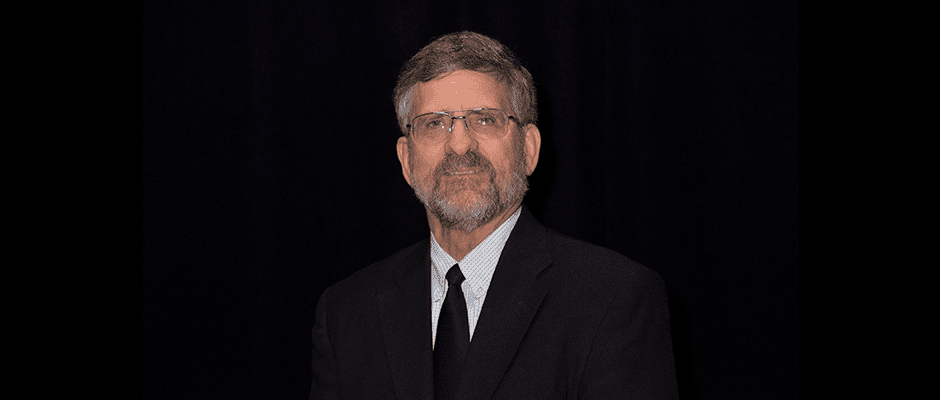Share this article
President’s Podium: Reminders of our roots, cultures and changes
I was recently in southwestern Wisconsin participating in a small rural community high school homecoming and class reunion. Participants included people with small-town backgrounds and values in a primarily agricultural environment. But, there were many life experiences among these individuals who graduated 46 to 75 years ago from a small high school that closed in 1971 due to consolidation of education facilities.
This area is a short distance south of Aldo Leopold’s famous Sand County, and it is the roots of my beginning in the wildlife profession.
As I reacquainted and reminisced with friends, family and colleagues, I was reminded deeply about the blending of life pursuits, cultures and landscape features that have changed and remain challenges and opportunities to our wildlife and habitat conservation endeavors. These reminders were occurring within sight of Washburn Bluff which, I know from township history was once a breeding ground and migration gathering site for passenger pigeons prior to 1900. Poignant were my thoughts about nature, change, our cultures and the important values of what The Wildlife Society is and does.
With those recent reminders of what we are and who we serve, I sought to briefly review accomplishments during my term as president of The Wildlife Society. Importantly, I thought about the efforts that have been devoted to ensuring there is a strategic plan that guides our operations.
All members should familiarize themselves with that plan, periodically refresh their memories about what it provides for and ensure that TWS leaders and staff guide activities that are attuned to its provisions.
The Plan has 5 key themes: (1) Impact on Sustainability of Wildlife Populations, (2) Trusted Source for Science-based Wildlife Management and Conservation, (3) Support, Encouragement and Enabling TWS Members, (4) Networking to Advance Science-based Conservation and (5) Professionally Managed and Financially Robust Organization.
Each theme contains multiple dimensions that describe elements of intended TWS activities on behalf of members and guide development of annual operating plans tied to budget decisions by TWS Council.
With the strategic plan backdrop above, I am pleased to briefly highlight some key accomplishments by TWS during the past year that implement that strategy:
- Selected and installed a new chief executive officer with business acumen and dedication to TWS’ science and education identity
- Increased membership by 6 percent to about 10,000
- Provided free member access to all TWS journals
- Expanded The Wildlife Professional to six issues per year
- Increased impact factors for TWS journals
- Expanded implementation of member online directory
- Nurtured about 30 partnerships that support strategic programs
- Honed formal position documents to highlight and communicate TWS priorities
- Expanded coalitions to prepare and influence policy communication
- Revised financial systems to be more fiscally responsible
- Achieved net positive revenue for FY2017 (fifth year in succession)
- Maintained net equity near $2 million, a solid financial position
- Communicated routinely to presidential administration and Congressional leaders on matters affecting wildlife conservation policy and financing
- Continued implementation of the Conservation Affairs Network
- Maintained responsiveness to certification interests, especially early professionals
- Delivered quality training to 10 members of the Leadership Institute
- Positioned our Code of Conduct to be more responsive to member use
- Posted recent TWS Council Minutes on Member Portal for greater awareness
- Led Wild Horse and Burro Coalition to convey TWS positions more effectively
- Expanded focus on member recognition via awards
- Implemented Guidelines for Professional Behavior at Annual Conferences
- Expanded media options to deliver TWS messages among new and changing audiences
- Implemented an ad hoc committee to enhance communication among Council and Working Groups
- Reinvigorated the Heritage Committee (Past Presidents, Leopold Award recipients, Fellows) to aid strategic efforts and mentor members within
- Focused greater effort to diminish bylaws noncompliance by organization units
- Increased contributions to The 1,000 to support strategic programs
- Continued success with Annual Conference education and networking opportunities
With the brief strategic review and operational highlights above ending with reference to the Annual Conference, it is fitting to emphasize what the upcoming Annual Conference represents in Albuquerque September 23-27. That Conference in guided by a Plenary Theme of “Wildlife Conservation: Crossroads of Cultures,” which came to mind as I recently contemplated people and changes near Leopold country in Wisconsin.
The Conference week will start with completion of a two-day meeting of TWS Council during which there is a full agenda of financial review, staff activity reporting, action on Council committee and subcommittee recommendations, consideration of requests from Working Groups and other units, reports on status of TWS publications, assessment of policy actions by TWS, efforts to strategically and tactically engage key mentors and ambassadors among our members and other business actions that guide TWS in the wildlife conservation arena.
As Council completes its main meeting, the conference program begins its schedule to provide:
- more than 950 educational events regarding the latest research and science-based wildlife conservation and management challenges
- more than 40 networking opportunities
- 28 symposia on specialized topics including cultural aspects of conservation practices
- 22 workshops to enhance professional capabilities
- eight featured sessions on conservation and career development topics
- five plenary and keynote speaker sessions to highlight our “Crossroads of Cultures theme”
- four panel discussions about trending wildlife management challenges
- three field trip options to accent local culture and conservation innovation
Clearly, the Annual Conference is a significant event to end my year as president and to signify the incredible efforts by many within TWS to keep us vibrant and engaged. I offer my thanks to all who have contributed time, toil, thoughts and resources to help us be The Wildlife Society and all it does on behalf of our wildlife heritage.








